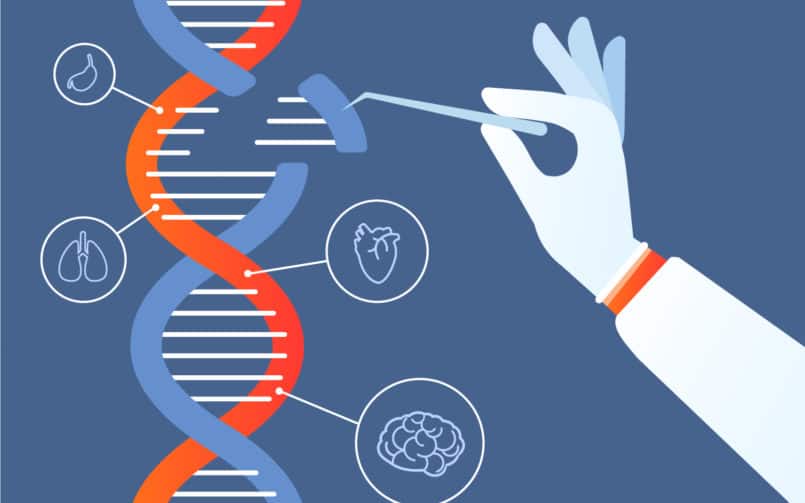
It has been almost a full century since Alexander Fleming discovered penicillin, the world’s first antibiotic. They have been in wide use since the 1940s, radically changing the course of modern medicine in the process. As researcher C. Lee Ventola puts it, “Antibiotics have not only saved patients’ lives, they have played a pivotal role in achieving major advances in medicine and surgery.”
Today, we are facing what researchers refer to as “The Antibiotics Crisis.” Bacterial strains have evolved and adapted to widely over-prescribed antibiotics, while new antibiotics are slow to come to market. Many fear the rise of so-called “superbugs,” deadly diseases that are completely resistant to antibiotics.
A recent article in Wired suggests an interesting solution: CRISPR. According to the article, Johnson & Johnson just paid $818 million to partner with a CRISPR startup, in order to explore “a radical new way to rid the body of disease-causing bacteria without causing resistance.” This would be a radical step toward solving the modern antibiotic crisis, as disease-causing bacteria could be eliminated by CRISPR before it had a chance to evolve defenses.
CRISPR, in the words of Live Science, “is an enzyme that acts like a pair of molecular scissors, capable of cutting strands of DNA.” CRISPR acts as a sort of genetic editing software. Scientists are able to program these CRISPR enzymes to seek out specific strands of DNA sequences, including dysfunctional ones that are carrying and spreading diseases. Once the pre-programmed CRISPR enzyme is programmed (“seek out this DNA sequence”), it can find and deactivate the problem strand. Molecularly, it’s a lot like snipping the red wire of a bomb.
The Wired article offers a different metaphor to explain the significance of CRISPR as an alternative to antibiotics, war: “Scientists load the instructions for that Crispr payload; if it were conventional warfare, this would include a list of enemy strongholds to bomb and the directions for how to build each missile.” A CRISPR system activated to fight a certain disease would be similar to a genetic drone strike, only more efficient. Because the CRISPR enzyme destroys the bacteria itself, there is no time for the bacteria to regroup.
At present, this is a new development, but it is certainly something to monitor as CRISPR technology spreads and grows.



